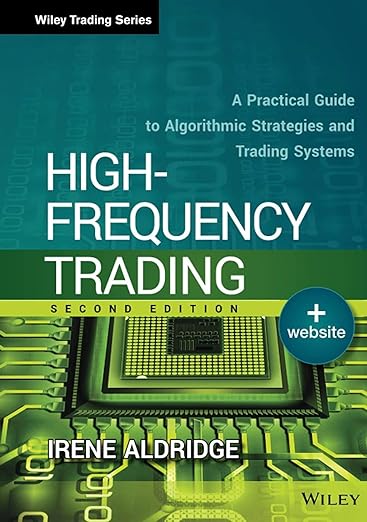The Mysterious Ethereum -- Less than Meets the Eye?
My new research highlights some uncomfortable dynamics
Please note the blog posts on IreneAldridge.com may contain sponsored or promotional content. To sponsor or promote content on irenealdridge.com, please click here.
Welcome to irenealdridge.com! Today, I am excited to share with you my latest research in the realm of Ethereum and blockchain analytics. My recent research focused on a deeper understanding of money flows within the blockchains and Ethereum in particular, offering substantial benefits to regulatory bodies, financial institutions, and the broader community of blockchain users.
Ethereum is a pioneering blockchain platform that facilitates the creation of smart contracts—self-executing agreements with the terms directly encoded within the digital environment. Unlike traditional digital ledgers, Ethereum provides a robust ecosystem for decentralized applications (DApps), ensuring transparency of transactions while anonymizing identities through "wallet handles."
Central to my recent work is developing a methodology capable of rapidly and effectively tracing the flow of funds within blockchains, including Ethereum. This has significant implications for detecting and preventing illicit activities, such as money laundering. The ability to monitor transactions in near real-time marks a significant leap forward in blockchain analytics. (And, yes, I did file that U.S. patent application for the new technology! Please email me if you'd like to use it.)
One of the major challenges in blockchain analytics is determining the ultimate destination of funds amidst the extensive and complex transaction data. My methodology systematically traces these transactions through thousands of wallets, identifying a "steady state" or terminal destination of funds—an approach that ensures precision and clarity.
The empirical findings from my research reveal two not-so-fun, but crucial insights:
1. Convergence to Terminal Accounts: Through the analysis of numerous transactions, it became evident that funds from a multitude of active accounts eventually converged into just two terminal accounts. These terminal accounts had notable histories—one was involved in an Ethereum network attack in August 2018, and the other was flagged for an unusually large transfer in February 2019.
2. Active User Base Assessment: Contrary to the assumption of a vast number of active users, my research suggested that a significant proportion of generated wallet handles remain unused. This highlights the need for a more nuanced understanding of user activity within the Ethereum network.
The key advantage of my methodology is its unprecedented speed and scalability. The new approach can process and analyze hundreds of thousands of transactions with such efficiency and accuracy, providing comprehensive insights almost instantaneously.
The implications of this research extend beyond academic interest. Regulators, forensic researchers, and law enforcement agencies now have a powerful tool at their disposal to uncover and address illicit activities more promptly. For the broader blockchain community, this translates into enhanced security and trust in the Ethereum network.
In conclusion, my research offers insights into the Ethereum blockchain, emphasizing the potential for increased transparency and security. By effectively tracing the flow of funds and identifying terminal states, we can make significant strides towards a safer and more reliable digital financial ecosystem.
Join me in exploring the future of blockchain technology, where cutting-edge research continues to pave the way for innovation and security. Should you have any questions or wish to discuss these findings further, please feel free to reach out. Together, we can continue to enhance and secure the world of decentralized finance.
Thank you for visiting irenealdridge.com.
Please click here to access the full version of the paper.
Kind regards,
Irene Aldridge
More Real-Time Research

